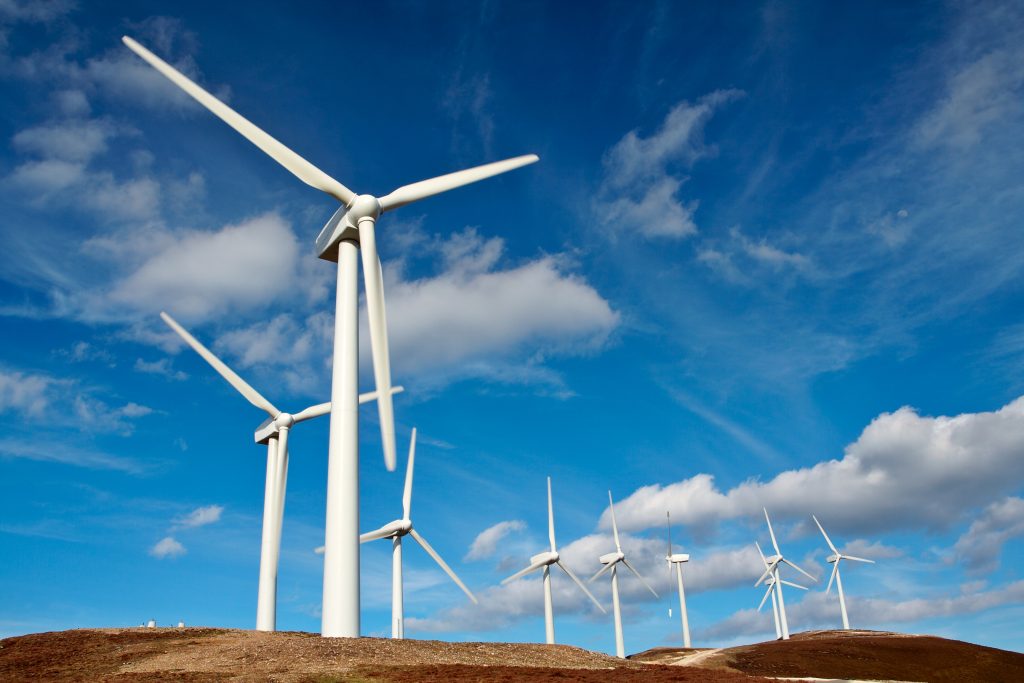Off-grid living is a lifestyle that frees you from utility bills and mainstream energy sources. But freedom comes with responsibilities. One major concern is how to power your home. This is where eco-friendly solutions come into play. They are not just good for the planet; they can also be beneficial for your wallet.
The environmental benefits of these green options are significant. They reduce your carbon footprint, help conserve natural resources, and minimize pollution. These choices don’t just make moral sense; they also offer long-term savings. Over time, renewable energy systems often prove to be cost-effective.
In this article, we’ll delve into various eco-friendly power solutions for off-grid living. We aim to provide you with actionable insights to make your journey toward sustainable living easier.
1. Solar Power
Solar energy transforms sunlight into electrical power, typically through the use of photovoltaic cells found in solar panels. These cells capture the sun’s rays and turn them into electricity suitable for home use. Solar power is becoming increasingly popular for off-grid living due to its eco-friendly nature and decreasing costs.
To install solar panels, you’ll need to go through a few crucial steps.
- Assess your energy needs to determine the number and size of panels required.
- Find a suitable location that gets ample sunlight throughout the day.
- You may need to obtain any necessary permits from your local authority.
- Install the panels and connect them to your home’s electrical system.
- Conduct tests to ensure everything is functioning as expected.
After installation, it’s essential to maximize the utility of your solar energy setup. Regular maintenance helps improve efficiency. Also, consider investing in solar generators as a backup or supplemental power source. These generators store excess energy and can provide electricity when sunlight is insufficient.
2. Wind Power
Wind power is another excellent alternative for generating electricity in an eco-friendly manner. The core principle is simple: wind turns the blades of a turbine, which powers a generator that produces electricity. The kinetic energy of the wind gets converted into mechanical energy, and then into electrical energy. This setup can be particularly useful in locations where wind is abundant, and it works well as a complement to other energy sources like solar generators.
When it comes to choosing a wind turbine for off-grid living, there are primarily two types to consider:
- Horizontal-axis turbines are the ones most people are familiar with; they look like large fans and are more efficient but generally require more space.
- Vertical-axis turbines are more compact and can capture wind from any direction, making them suitable for areas with variable wind patterns.
Installation of a wind turbine involves several steps.
- Conduct a wind assessment to ensure your location receives sufficient and consistent wind flow.
- Acquire any necessary permits or approvals.
- Once these preliminaries are in place, proceed with the installation, ideally with the help of professionals who have experience in this area.
- Your turbine will need to be connected to your home’s electrical system, and may require a foundation for stability.
Upkeep is essential for long-term efficiency. Regular inspections should be conducted to check for wear and tear on the blades, bolts, and electrical components. Maintenance might include tightening loose parts, lubricating moving components, and cleaning the blades to ensure optimal performance.
3. Hydroelectric Power
Hydroelectric power is another renewable energy source that can be ideal for off-grid living. It’s generated by harnessing the energy from flowing or falling water. The water’s kinetic energy turns a turbine connected to a generator, thereby producing electricity. Hydroelectric systems can be a reliable source of power, particularly when other options are less feasible.
If you’re considering a hydroelectric setup, location is crucial. You’ll need a consistent source of flowing water, such as a stream or river, on or near your property. The water source should have a sufficient flow rate and drop height to generate enough power for your needs. It’s also crucial to consider seasonal changes, as water flow can vary depending on the time of year.
Setting up a small hydroelectric system involves several steps.
- Carry out a site assessment to measure the water’s flow rate and head. This information will help you determine the size and type of turbine you’ll need.
- Acquire the necessary permits, which might include water rights or environmental assessments.
- After clearing regulatory hurdles, you can proceed with the installation. This will involve setting up the turbine in the water source, installing pipes known as penstocks to channel water to the turbine, and connecting the generator to your home’s electrical system.
Regular maintenance is essential to keep your hydroelectric system running efficiently. This includes periodic inspections of the turbine, generator, and electrical components. Check for signs of wear and tear, corrosion, or any blockages in the water flow. A well-maintained hydroelectric system can offer long-term, sustainable energy.
Conclusion
We’ve explored various avenues for achieving a sustainable, off-grid lifestyle through eco-friendly power solutions. Each approach comes with its own set of considerations, yet all contribute to a greener, more self-sufficient way of life.
Now it’s your turn to make a move. Choose the energy sources that align with your circumstances and start planning your transition. Take the step now, for both your future and that of generations to come.







